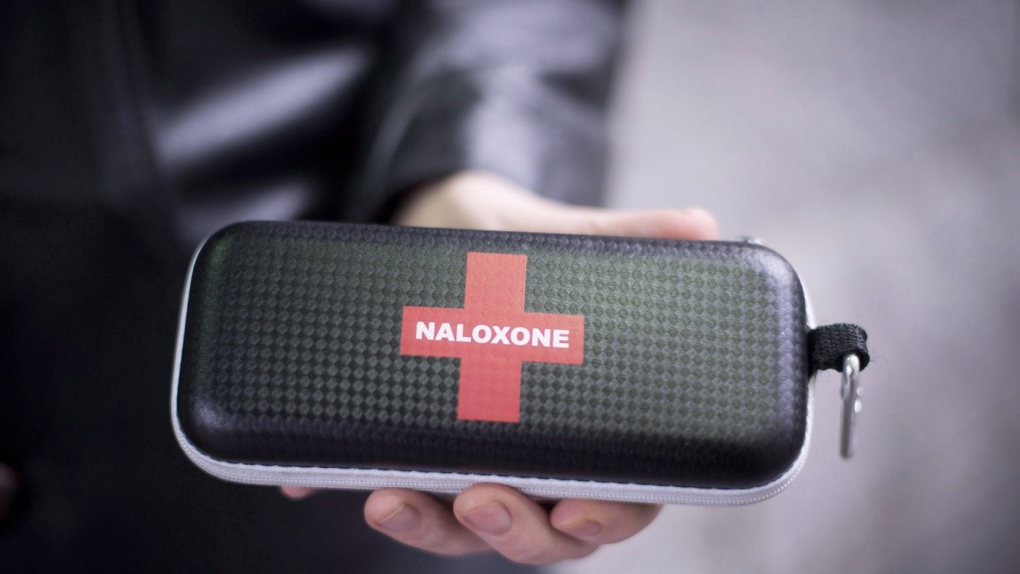Toronto reports third cluster of fatal drug overdoses since late February
Toronto is seeing an increasingly deadly trend as paramedics continue to attend to a higher-than-usual number of suspected drug overdose deaths.
On Wednesday, Toronto Public Health (TPH) reported that between March 23 and 26 seven people are believed to have died of a drug overdose in the city.
Earlier this month, the health unit issued an alert after six people fatally overdosed between March 14 and 17. These deaths are triple the average seen over a four-day period in the last three months.
Another six people died of a suspected drug overdose between Feb. 24 and 27, TPH said.
These suspected drug overdose deaths occurred throughout the city.
And while it is not known exactly what drugs are to blame, public health is saying that the “significantly worsening contamination and unpredictability of the unregulated opioid supply” are key factors.
Toronto Public Health pointed to some of the recent trends it has seen, notably an increase in the contamination of expected fentanyl samples due to high-potency opioids, benzodiazepine-related drugs, and veterinary tranquillizers as well as higher-than-usual concentrations of fentanyl being found in expected fentanyl samples.
It also said that there’s also been a higher presence of nitazene opioids found in samples of unregulated/non-prescribed oxycodone (OxyContin), hydromorphone (Dilaudid), hydrocodone, and Percocet.
Since late 2023, Toronto’s Drug Checking Services, a free and anonymous public health service offered at five harm reduction agencies in the downtown core, has identified three new highly-potent substances in the unregulated street drug supply.
The first, medetomidine/dexmedetomidine, are two long-acting tranquillizers that produce a greater sedation than other similar substances like xylazine, which is also known as “tranq,” “tranq dope,” or “horse tranquilizer.” The effects of these drugs cannot be reversed with the overdose-reversing medication, naloxone, as they are not opioids.
The service has also detected two kinds of nitazene opoids: N-desethyl etonitazene, which is considered to be up to 10 times stronger than fentanyl, and protonitazepyne, which is believed to be more than 20 times stronger than fentanyl. These drugs both require a greater dose of naloxone to reverse their negative effects.
CP24.com has contacted Toronto Public Health for a follow-up interview.
Tips for those who consume unregulated drugs
As always, people who use drugs are advised to not use alone and if they must, have a safety plan in place that includes carrying naloxone and letting someone know before they consume.
The best bet is to buddy up with someone you trust, do small test dose first, and visit a supervised consumption service, if possible.
 A Naloxone anti-overdose kit. (Source: THE CANADIAN PRESS/Jonathan Hayward)
A Naloxone anti-overdose kit. (Source: THE CANADIAN PRESS/Jonathan Hayward)
It’s a good rule of thumb to check your drugs, ideally before using them.
People who use drugs are also encouraged to talk to the person they got them from, if the sample did not contain what was expected, or get their drugs from another source.
View original article here Source









